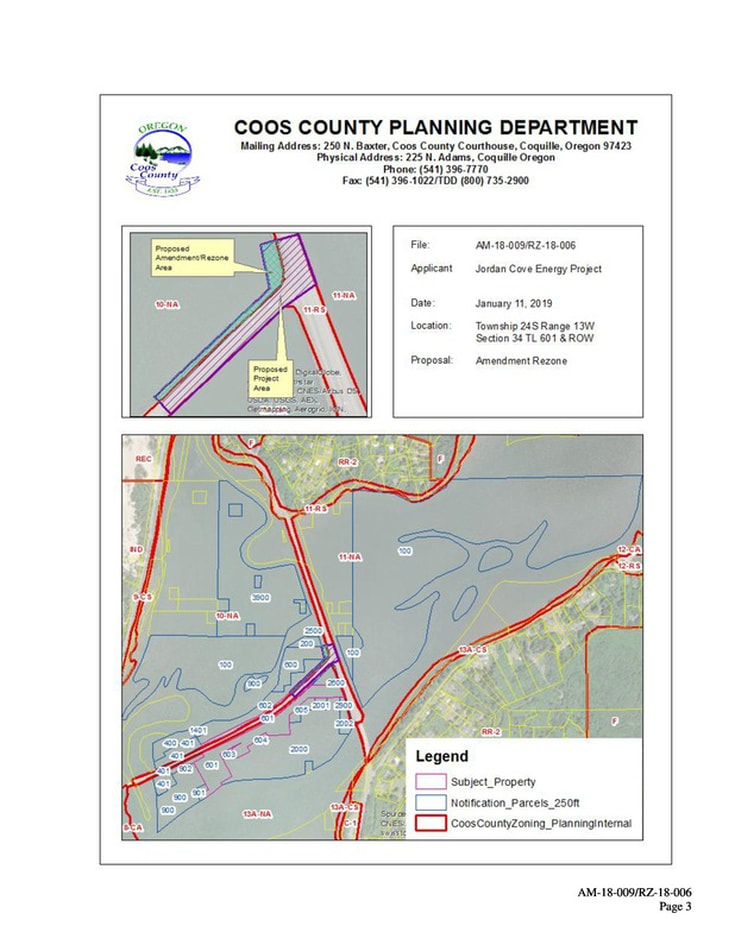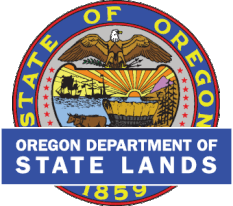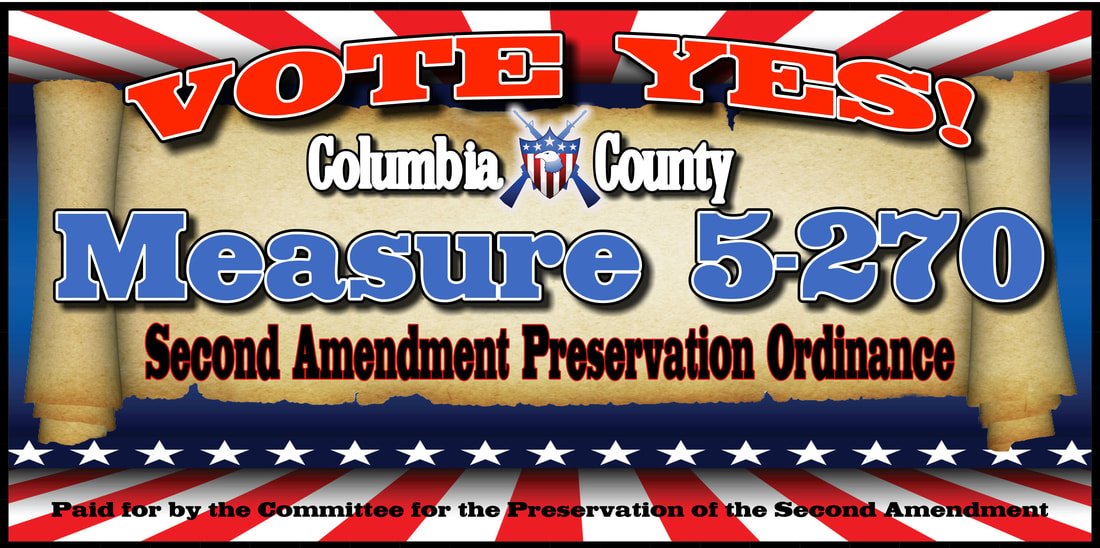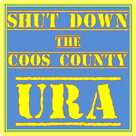Jordan Cove Energy Project LP, Pacific Connector Gas Pipeline L.P.; Notice of Availability of the Draft Environmental Impact Statement for the Proposed Jordan Cove Energy Project
The draft EIS assesses the potential environmental effects of the construction and operation of the Project in accordance with the requirements of the National Environmental Policy Act (NEPA). As described in the draft EIS, the FERC staff concludes that approval of the Project would result in a number of significant environmental impacts; however, the majority of impacts would be less than significant because of the impact avoidance, minimization, and mitigation measures proposed by Jordan Cove and Pacific Connector and those recommended by staff in the draft EIS.
The United States Department of the Interior Bureau of Land Management (BLM); U.S. Department of Agriculture Forest Service (Forest Service); Bureau of Reclamation (Reclamation); U.S. Department of Energy; U.S. Army Corps of Engineers; U.S. Environmental Protection Agency; U.S. Department of the Interior Fish and Wildlife Service; U.S. Department of Commerce National Oceanic and Atmospheric Administration's National Marine Fisheries Service; U.S. Department of Homeland Security Coast Guard; the Coquille Indian Tribe; and the Pipeline and Hazardous Materials Safety Administration within the U.S. Department of Transportation participated as cooperating agencies in preparation of this EIS. Cooperating agencies have jurisdiction by law or special expertise with respect to resources potentially affected by the proposal and participate in the NEPA analysis. The cooperating agencies provided input into the conclusions and recommendations presented in the draft EIS. Following issuance of the final EIS, the cooperating agencies will issue subsequent decisions, determinations, permits or authorizations for the Project in accordance with each individual agency's regulatory requirements.
The BLM, with the concurrence of the Forest Service and Reclamation, would adopt and use the EIS to consider issuing a right-of-way grant for the portion of the Project on federal lands. Other cooperating agencies would use this EIS in their regulatory process, and to satisfy compliance with NEPA and other related federal environmental laws (e.g., the National Historic Preservation Act).
The BLM and the Forest Service would also use this EIS to evaluate proposed amendments to their District or National Forest land management plans that would make provision for the Pacific Connector pipeline. In order to consider the Pacific Connector right-of-way grant, the BLM must amend the affected Resource Management Plans (RMPs). The BLM therefore proposes to amend the RMPs to re-allocate all lands within the proposed temporary use area and right-of-way to a District-Designated Reserve, with management direction to manage the lands for the purposes of the Pacific Connector right-of-way. Approximately 885 acres would be re-allocated. District-Designated Reserve allocations establish specific management for a specific use or to protect specific values and resources. In accordance with Code of Federal Regulations (CFR) part 36 CFR 219.16, the Forest Service gives notice of its intent to consider amendments of Land and Resource Management Plans (LRMP) for the Umpqua, Rogue River and Winema National Forests. Proposed amendments of LRMPs include reallocation of matrix lands to Late Successional Reserves and site-specific exemptions from standards and guidelines and other LRMP requirements to allow construction of the Pacific Connector pipeline. Exemptions from standards and guidelines include requirements to protect known sites of Survey and Manage species, changes in visual quality objectives at specific locations, limitations on detrimental soil conditions, removal of effective shade at perennial stream crossings and the construction of utility corridors in riparian areas. Further information on Forest Service LRMP amendments is included below.
The Commission mailed a copy of the Notice of Availability of the draft EIS to federal, state, and local government representatives and agencies; elected officials; environmental and public interest groups; Indian Tribes; potentially affected landowners and other interested individuals and groups; and newspapers and libraries in the Project area. The draft EIS is only available in electronic format. It may be viewed and downloaded from the FERC's website (www.ferc.gov), on the Environmental Documents page (https://www.ferc.gov/industries/gas/enviro/eis.asp). In addition, the draft EIS may be accessed by using the eLibrary link on the FERC's website. Click on the eLibrary link (https://www.ferc.gov/docs-filing/elibrary.asp), click on General Search, and enter the docket Start Printed Page 13649number in the “Docket Number” field, excluding the last three digits (i.e., CP17-494 or CP17-495). Be sure you have selected an appropriate date range. For assistance, please contact FERC Online Support at [email protected] or toll free at (866) 208-3676, or for TTY, contact (202) 502-8659.
Any person wishing to comment on the draft EIS may do so. Your comments should focus on the draft EIS's disclosure and discussion of potential environmental effects, reasonable alternatives, and measures to avoid or lessen environmental impacts. To ensure consideration of your comments on the proposal in the final EIS, it is important that the Commission receive your comments on or before 5:00 p.m. Eastern Time on July 5, 2019.
For your convenience, there are four methods you can use to submit your comments to the Commission.[1] The Commission will provide equal consideration to all comments received, whether filed in written form or provided verbally. The Commission encourages electronic filing of comments and has staff available to assist you at (866) 208-3676 or [email protected]. Please carefully follow these instructions so that your comments are properly recorded.
(1) You can file your comments electronically using the eComment feature on the Commission's website (www.ferc.gov) under the link to Documents and Filings. This is an easy method for submitting brief, text-only comments on a project;
(2) You can file your comments electronically by using the eFiling feature on the Commission's website (www.ferc.gov) under the link to Documents and Filings. With eFiling, you can provide comments in a variety of formats by attaching them as a file with your submission. New eFiling users must first create an account by clicking on “eRegister.” If you are filing a comment on a particular project, please select “Comment on a Filing” as the filing type; or
(3) You can file a paper copy of your comments by mailing them to the following address. Be sure to reference the Project docket numbers (CP17-494-000 and CP17-495-000) with your submission: Kimberly D. Bose, Secretary, Federal Energy Regulatory Commission, 888 First Street NE, Room 1A, Washington, DC 20426
(4) In lieu of sending written or electronic comments, the Commission invites you to attend a public comment session that will be held in the Project area to receive comments on the draft EIS. The dates, locations, and times of these sessions will be provided in a supplemental notice.
Any person seeking to become a party to the proceeding must file a motion to intervene pursuant to Rule 214 of the Commission's Rules of Practice and Procedures (18 CFR 385.214). Motions to intervene are more fully described at http://www.ferc.gov/resources/guides/how-to/intervene.asp. Only intervenors have the right to seek rehearing or judicial review of the Commission's decision. The Commission grants affected landowners and others with environmental concerns intervenor status upon showing good cause by stating that they have a clear and direct interest in this proceeding which no other party can adequately represent. Simply filing environmental comments will not give you intervenor status, but you do not need intervenor status to have your comments considered. Subsequent decisions, determination, permits, and authorization by the cooperating agencies are subject to the administrative procedures of each respective agency.
Additional information about the Project is available from the Commission's Office of External Affairs, at (866) 208-FERC, or on the FERC website (www.ferc.gov) using the eLibrary link. The eLibrary link also provides access to the texts of all formal documents issued by the Commission, such as orders, notices, and rulemakings.
In addition, the Commission offers a free service called eSubscription that allows you to keep track of all formal issuances and submittals in specific dockets. This can reduce the amount of time you spend researching proceedings by automatically providing you with notification of these filings, document summaries, and direct links to the documents. Go to www.ferc.gov/docs-filing/esubscription.asp.
Dated: March 29, 2019.
Kimberly D. Bose,
Secretary.
Footnotes
1. The contents of your comment including your address, phone number, email address, or other personal identifying information may be made available to the public. While you may request that your personal identifying information be withheld from public view, we cannot guarantee that we will be able to do so.
Back to Citation [FR Doc. 2019-06715 Filed 4-4-19; 8:45 am]
BILLING CODE 6717-01-P




































 RSS Feed
RSS Feed
